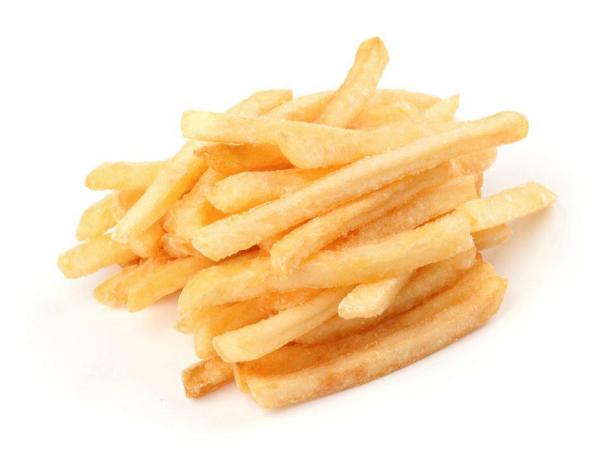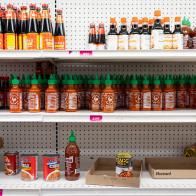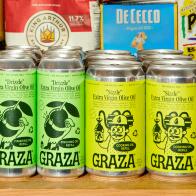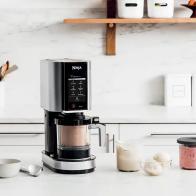Frozen French Fries: Good or Bad?

Think a box of frozen taters are a healthier option? We’ll fill you in on the pros and cons, plus give you a homemade alternative.
Good?
Frozen fries offer convenience – pop ‘em on a cookie sheet and toss in the oven. Your grocer's freezer is bursting with a wide array of options in different shapes, sizes and flavorings. You can also find certified organic and sweet potato varieties.
Frozen sacks are easy to store and may be able to help with portion control – you can take out a moderate-sized portion (about 200 calories worth per person) and tuck the rest back in the freezer.
Bad?
Frozen fries are still fried! Even worse, many brands use trans fats and palm oil which aren’t ideal for heart health. While fries do need a sprinkle of salt, many bagged brands have at least 15% of the daily recommendation of sodium per serving.
Homemade
While it does take a little more work initially, you can make your own frozen fries. Slice potatoes into desired shape (make them the same size so they cook evenly). Blanch in boiling water for 3 minutes and transfer to a baking sheet lined with a clean kitchen towel. Pat dry, remove towel and spread fries out in one even layer. Place baking sheet in the freezer for 30 minutes. Transfer partially frozen spuds to a freezer-safe bag and store in the freezer.
When ready to cook, place the fries on a baking sheet. Toss with olive oil, salt and pepper and bake at 400 degrees F for 30-40 minutes.
Bottom Line: Frozen fries aren’t always the healthiest alternative so be sure to read labels and watch portions if you choose to buy them. Better yet, opt to make your own.
Tell Us: We’re planning a taste test. What’s your favorite brand of frozen fries?
You Might Also Like:
Dana Angelo White, MS, RD, ATC, is a registered dietitian, certified athletic trainer and owner of Dana White Nutrition, Inc., which specializes in culinary and sports nutrition. See Dana's full bio


































